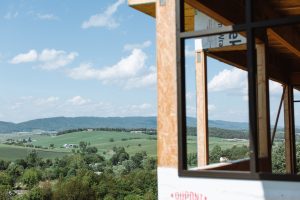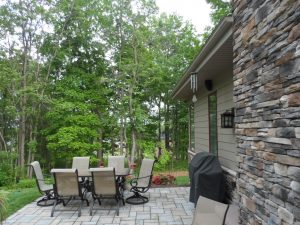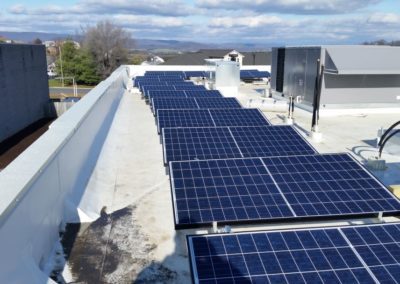 The profession of architecture is often looked at through the lens of television or magazines – how to make buildings beautiful. However, that is not the true work that is done by architects. Beauty is a minor part of the equation. It is the part of the design process that can be replaced by purchasing a plan online and giving it to a builder with “a few changes.” Building science is what makes a beautiful building last for years.
The profession of architecture is often looked at through the lens of television or magazines – how to make buildings beautiful. However, that is not the true work that is done by architects. Beauty is a minor part of the equation. It is the part of the design process that can be replaced by purchasing a plan online and giving it to a builder with “a few changes.” Building science is what makes a beautiful building last for years.
A good architect will talk to you first about function over form. What are your needs? How do you want to use the building? What are the rules that need to be followed, building code, zoning? What are the rules that can be broken? Where will you put your Christmas tree? Do you like to host Super Bowl parties? Do the kids have a dedicated place they can do their homework? How loud is the television downstairs when you are trying to sleep upstairs? Where will you store your stuff? What kind of light will be in that room?
 Even better questions might follow a line of building science guided decisions. How efficient will the house be once you move into it? Will you feel comfortable in all the rooms year-round? How much money will you spend heating and cooling your home? Building science questions are the only questions that have answers that result in money saved. Building science questions are almost always things that cannot easily be changed once the home is built. Building science questions are almost always the most important decisions that are needed to be made before a builder gives a price to construct the home. Most builders will not be focused on thinking through building science decisions when they are given a set of house plans. Their goal is to build the home in the most efficient way possible according to the plans you gave them. So if they don’t set the building science goals, who does?
Even better questions might follow a line of building science guided decisions. How efficient will the house be once you move into it? Will you feel comfortable in all the rooms year-round? How much money will you spend heating and cooling your home? Building science questions are the only questions that have answers that result in money saved. Building science questions are almost always things that cannot easily be changed once the home is built. Building science questions are almost always the most important decisions that are needed to be made before a builder gives a price to construct the home. Most builders will not be focused on thinking through building science decisions when they are given a set of house plans. Their goal is to build the home in the most efficient way possible according to the plans you gave them. So if they don’t set the building science goals, who does?

Air gaps in ceiling corners
If you purchase a plan online, the designer does not know what site you are building on or the climate you are building in. If you hire an architect that does not discuss building science solutions (insulation types, wall systems, HVAC efficiency, water conservation, ventilation, lighting….) then who will set the standards for your home? Typically the fall back for these solutions are building code. Building code is the worst possible solution allowed by law. Building sciences require a holistic approach. It is not simply adding more insulation in the walls or attic. Insulation decisions have to be made along with heating and cooling efficiency, ventilation, and window selection in mind. These questions and more important these answers have to be done holistically or you will create more problems than you solve. Using the wrong insulation in the attic can lead to huge moisture problems. Locating the HVAC ducts in the wrong space will lead to condensation and higher energy bills. Buildings are complicated, probably the most complicated machine you will ever own. Make building science as important as the countertop selection you are making for your kitchen. Don’t leave out building science during design.




